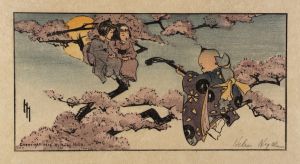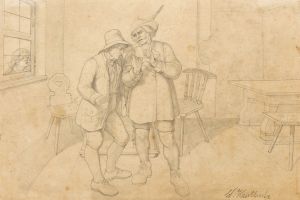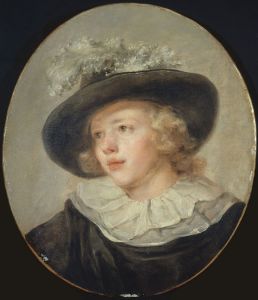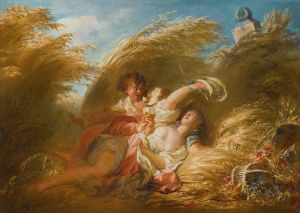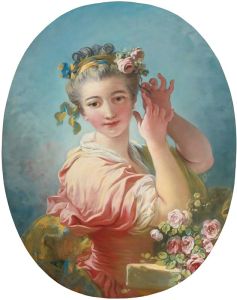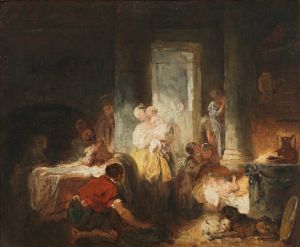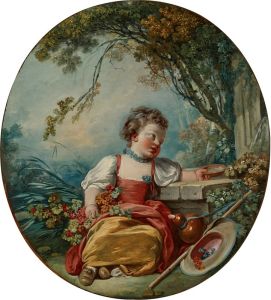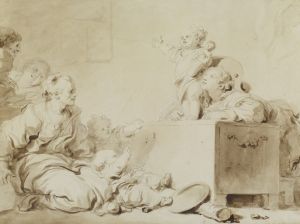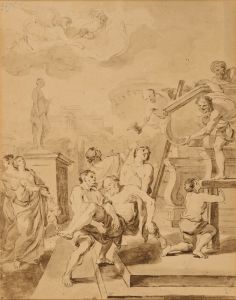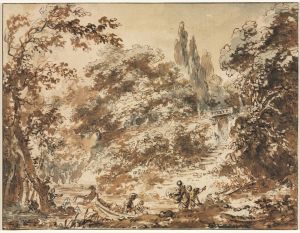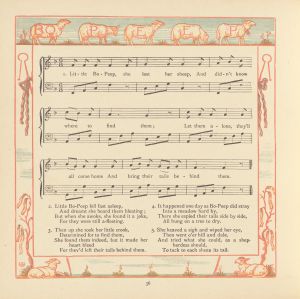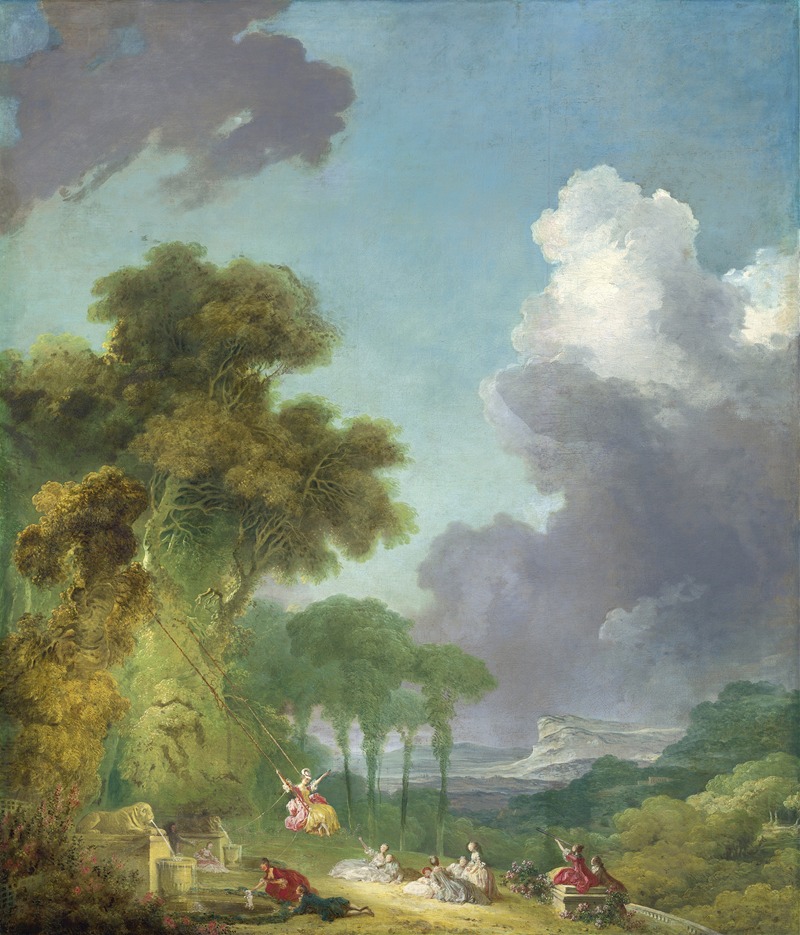
The Swing
A hand-painted replica of Jean-Honoré Fragonard’s masterpiece The Swing, meticulously crafted by professional artists to capture the true essence of the original. Each piece is created with museum-quality canvas and rare mineral pigments, carefully painted by experienced artists with delicate brushstrokes and rich, layered colors to perfectly recreate the texture of the original artwork. Unlike machine-printed reproductions, this hand-painted version brings the painting to life, infused with the artist’s emotions and skill in every stroke. Whether for personal collection or home decoration, it instantly elevates the artistic atmosphere of any space.
"The Swing" is a renowned Rococo painting by the French artist Jean-Honoré Fragonard, completed in the year 1767. This artwork is celebrated for its playful and light-hearted depiction of romance and flirtation, characteristic of the Rococo style, which flourished in the 18th century. Fragonard, a prominent figure in this movement, is known for his use of vibrant colors, fluid brushwork, and the ability to capture the frivolity and elegance of the French aristocracy.
The painting measures approximately 81 cm by 64 cm and is executed in oil on canvas. It is currently housed in the Wallace Collection in London, where it continues to be a significant attraction for art enthusiasts and scholars alike.
"The Swing" portrays a young woman, elegantly dressed in a pink gown, seated on a swing suspended from a tree in a lush, overgrown garden. She is being pushed by an older man, partially obscured by the shadows, who is believed to be her husband or a guardian. In the foreground, a young man, possibly her lover, reclines in the bushes, gazing up at her with admiration and anticipation. As she swings forward, she playfully kicks off one of her shoes, which flies into the air, adding a sense of movement and spontaneity to the scene.
The composition is rich with symbolism and subtle eroticism, a hallmark of Rococo art. The act of swinging itself is often interpreted as a metaphor for the fleeting nature of pleasure and the playful dynamics of love. The young woman's exposed leg, revealed as her dress billows, adds an element of sensuality, while the cupid statues and lush greenery surrounding the scene contribute to the overall theme of romance and desire.
Fragonard's masterful use of light and shadow enhances the painting's whimsical and dreamlike quality. The dappled sunlight filtering through the trees creates a sense of intimacy and seclusion, emphasizing the private nature of the lovers' encounter. The artist's skillful brushwork captures the delicate textures of the woman's dress, the foliage, and the soft clouds in the sky, showcasing his technical prowess and attention to detail.
"The Swing" is often regarded as one of the quintessential examples of Rococo art, embodying the era's fascination with themes of love, leisure, and the pursuit of pleasure. It reflects the social and cultural milieu of pre-revolutionary France, where the aristocracy indulged in opulence and escapism. Despite its seemingly lighthearted subject matter, the painting also invites viewers to consider the complexities of human relationships and the interplay between appearance and reality.
In summary, Jean-Honoré Fragonard's "The Swing" is a masterpiece of 18th-century art, celebrated for its enchanting depiction of romance and its embodiment of the Rococo style. Through its playful composition and exquisite execution, the painting continues to captivate audiences, offering a glimpse into the elegance and exuberance of a bygone era.






